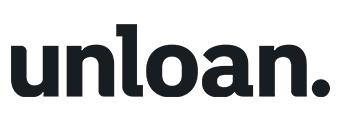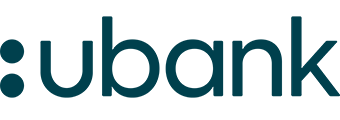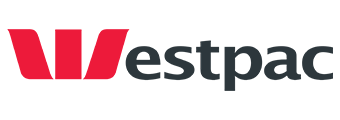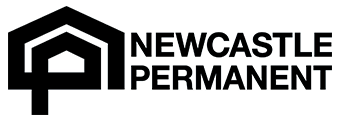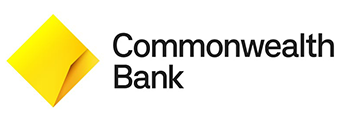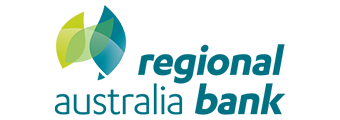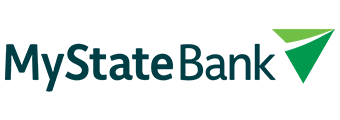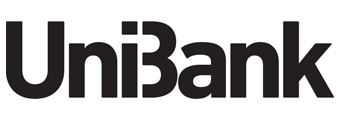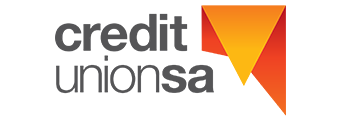Fact Checked
| Lender | Home Loan | Interest Rate | Comparison Rate* | Monthly Repayment | Repayment type | Rate Type | Offset | Redraw | Ongoing Fees | Upfront Fees | Max LVR | Lump Sum Repayment | Extra Repayments | Split Loan Option | Tags | Features | Link | Compare | Promoted Product | Disclosure |
|---|---|---|---|---|---|---|---|---|---|---|---|---|---|---|---|---|---|---|---|---|
5.84% p.a. | 5.88% p.a. | $2,947 | Principal & Interest | Variable | $0 | $530 | 90% |
| Promoted | Disclosure | ||||||||||
5.69% p.a. | 5.60% p.a. | $2,899 | Principal & Interest | Variable | $0 | $0 | 80% |
| Promoted | Disclosure | ||||||||||
5.74% p.a. | 5.76% p.a. | $2,915 | Principal & Interest | Variable | $0 | $250 | 60% | Disclosure | ||||||||||||
5.74% p.a. | 5.99% p.a. | $2,915 | Principal & Interest | Variable | $248 | $null | 70% |
| Disclosure | |||||||||||
5.84% p.a. | 5.86% p.a. | $2,947 | Principal & Interest | Variable | $0 | $250 | 80% | Disclosure | ||||||||||||
6.19% p.a. | 6.41% p.a. | $3,059 | Principal & Interest | Variable | $15 | $784 | 90% | |||||||||||||
6.34% p.a. | 6.35% p.a. | $3,108 | Principal & Interest | Variable | $null | $null | 80% | |||||||||||||
6.44% p.a. | 6.79% p.a. | $3,141 | Principal & Interest | Variable | $349 | $295 | 60% | |||||||||||||
6.44% p.a. | 6.45% p.a. | $3,141 | Principal & Interest | Variable | $0 | $100 | 90% | |||||||||||||
6.79% p.a. | 6.87% p.a. | $3,256 | Principal & Interest | Variable | $8 | $350 | 90% | |||||||||||||
6.84% p.a. | 7.17% p.a. | $3,273 | Principal & Interest | Variable | $395 | $0 | 95% | |||||||||||||
6.79% p.a. | 6.80% p.a. | $3,256 | Principal & Interest | Variable | $null | $400 | 90% | |||||||||||||
7.54% p.a. | 7.54% p.a. | $3,510 | Principal & Interest | Variable | $null | $160 | 95% | |||||||||||||
5.84% p.a. | 6.09% p.a. | $2,947 | Principal & Interest | Variable | $248 | $350 | 80% | Disclosure | ||||||||||||
6.49% p.a. | 6.51% p.a. | $3,157 | Principal & Interest | Variable | $null | $230 | 70% |
| Promoted | Disclosure |
Frequently Asked Questions
In Australia, the 'big four' banks - CommBank, Westpac, ANZ, and NAB - dominate the banking landscape. Their extensive reach and brand recognition often make them go-to options for investment home loans. But that doesn't necessarily mean they're the best investment mortgage lenders.
The big four banks generally offer a range of investment home loan products. They typically provide numerous branch locations, extensive customer service, and diverse products. However, big four interest rates for investment loans might not always be the most competitive in the market.
Smaller banks, credit unions, and non-bank lenders can offer lower interest rates and a more personalised service. Some may also provide more flexible lending criteria and innovative loan products tailored to investors' specific needs.
Don't always avoid the major banks though - it's just important to check out all your options!
The eligibility criteria for investment home loans generally differ from those for owner-occupier home loans due to the higher risk associated with investment properties.
Key eligibility criteria typically includes stable and sufficient income – enough to cover loan repayments and still allow for financial security. Some lenders may also factor in the rental income that will presumably come from an investment property.
A good credit history can also be essential in securing a loan with favorable terms, while lenders typically require a lower LVR for investment properties – usually not more than 80% to 90%. If a property investor has a deposit of less than 20%, they might also be required to pay Lenders Mortgage Insurance (LMI).
Lenders will generally also assess your existing debts against your income to ensure you can manage additional loan repayments, and many might restrict the property types or locations they fund. For instance, some lenders won’t fund the purchase of single bedroom units or properties in rural locations.
Like any investment, buying a rental property comes with a set of risks. Property prices can go up or down, as with any asset, and are not immune from fluctuating with economic conditions. Rental income can also be unstable due to factors like tenant turnover, vacancy periods, or tenants defaulting on rent.
Like other mortgage-holders, property investors are also at risk of experiencing interest rate rises, especially those with variable-rate loans (see above).
Anyone considering investing in property should weigh up their options carefully and seek independent advice when needed.
Property investors can absolutely refinance their home loans.
Refinancing an investment home loan can offer several advantages, including lower interest rates, access to equity, and improved loan features.
Refinancing to a loan with a lower interest rate or more favourable features can make a notable difference to the size of an investor's mortgage repayments and potentially save tens of thousands over the life of their loan.
Furthermore, the equity that is built up in bricks and mortar is notoriously hard to access, but refinancing offers a means to utilise it - e.g. as a deposit on another investment property, to fund renovations, or to buy a car.
If you're considering refinancing your investment home loan, check out some of the market's best rates by browsing the comparison table above.


